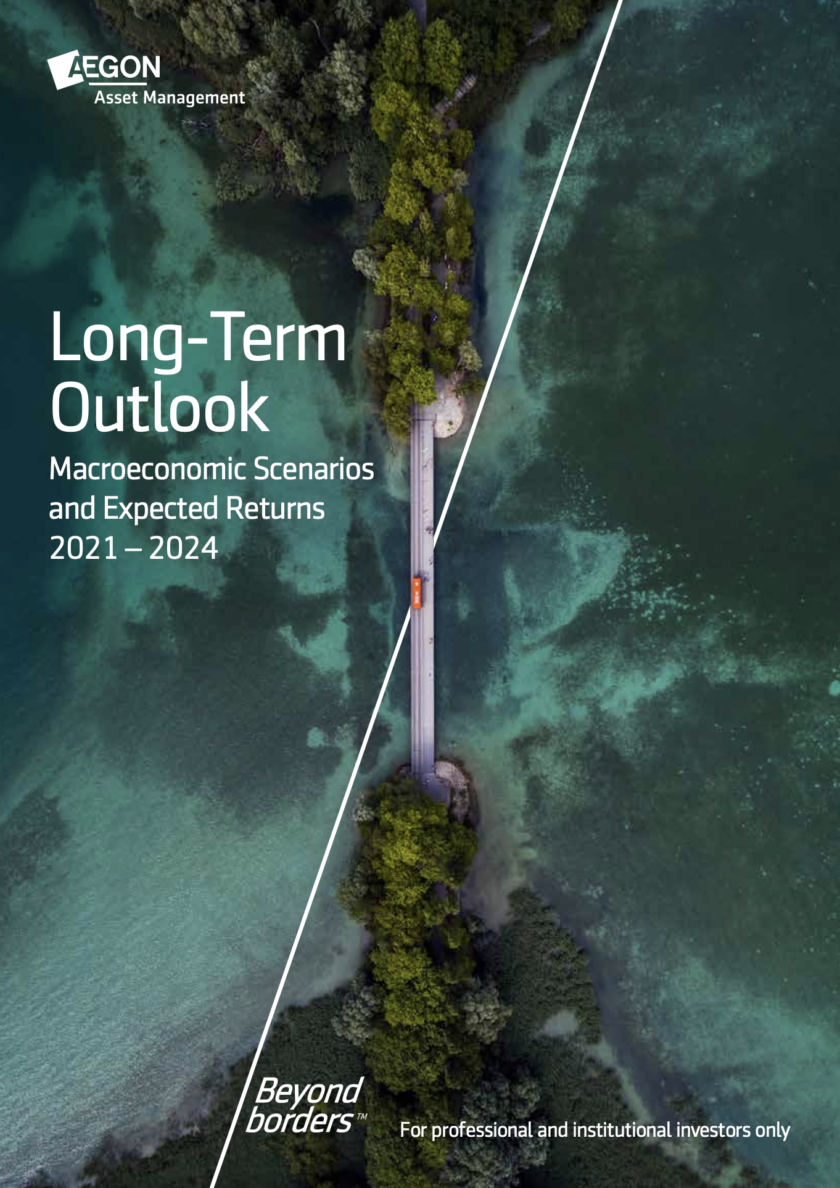Soaring debt levels across the world will keep interest rates at rock-bottom levels for years – or even push them into negative territory – and fuel a rise in boom and bust cycles, Aegon Asset Management has warned.
The global pandemic has already caused global debt levels to hit record levels, sparking a synchronised response from central banks, which are using every tool at their disposal to avoid sovereign defaults.
However, Aegon AM’s Multi Asset Group warns, in its annual Long Term Outlook report*, that investors will be paying the price of this central bank intervention for years to come.
 “Our view is that there is, unfortunately, no free lunch,” said fund manager Jacob Vijverberg. “Debts will have to be paid back. Most central banks will have to support their sovereign regardless of the size of their debt or deficits, as not doing so, would result in a financial crisis.
“Our view is that there is, unfortunately, no free lunch,” said fund manager Jacob Vijverberg. “Debts will have to be paid back. Most central banks will have to support their sovereign regardless of the size of their debt or deficits, as not doing so, would result in a financial crisis.
“However, persistently negative real rates also increase the likelihood of financial ‘boom and bust’ cycles.”
Vijverberg said with many other fixed income asset classes valued off of sovereign yields, and those yields fixed firmly to the floor, if sovereign rates are kept low it will also imply low rates on many other assets.
“High real rates become increasingly unlikely, and we expect central banks will ensure rates stay low to reduce the fiscal burden for governments,” Vijverberg said.
Many countries now have negative real rates across parts of the yield curve and talk of introducing negative base rates is common. It is here that the overspill into other assets can create boom and bust cycles, according to Vijverberg.
“Persistently negative real rates will have profound implications for financial markets. Firstly, negative real rates clearly imply negative real returns on many fixed income assets,” he said.
“Secondly, negative real rates will support the value of real assets after the pandemic has passed. These include residential real estate and infrastructure which could be bid up indiscriminately by investors who don’t see any alternative.”
Equities remain more of a mix in this environment, with some sectors thriving and others struggling, the team believes.
“World equities lost one-third of their value between the peak in February through to the end of March,” Vijverberg said. “The subsequent rebound has been just as spectacular, with large parts of the equity market recouping most of the lost ground. This is particularly remarkable as the global economy is experiencing one of the deepest recessions in recorded history.
“While equities are also supported by negative real rates, the impact varies per sector; typically, banks and insurance companies suffer due to low rates while many other sectors will benefit.”
*The full Long Term Outlook can be downloaded here: https://www.aegonam.com/en/aegon-insights/research/long-term-outlook-2021—2024/



































